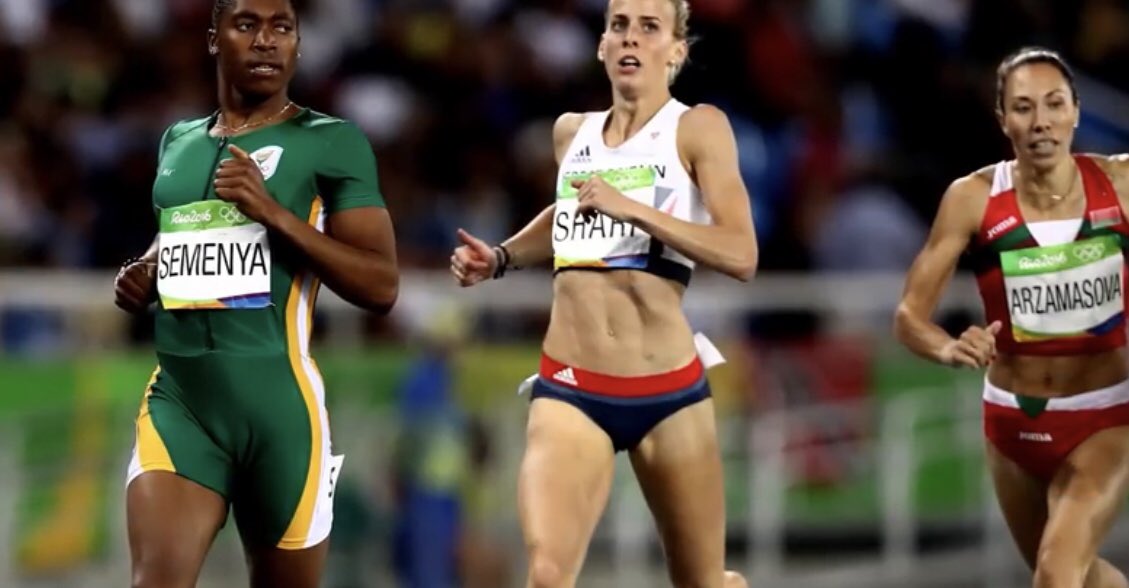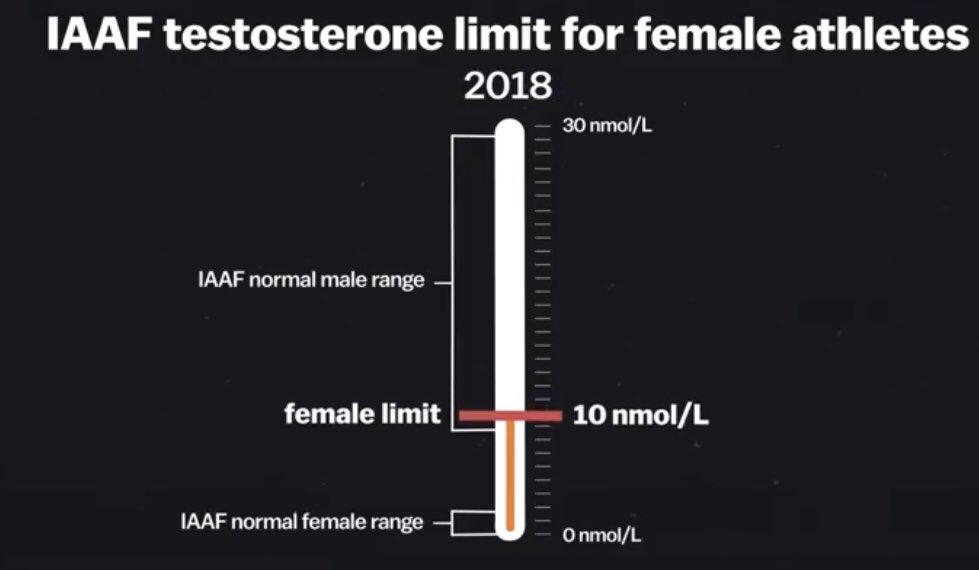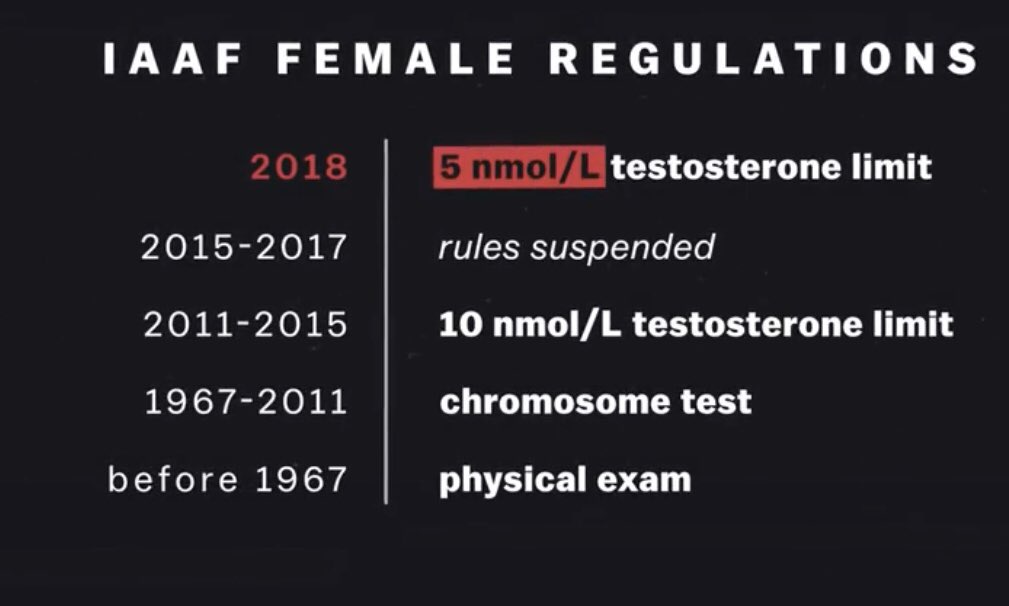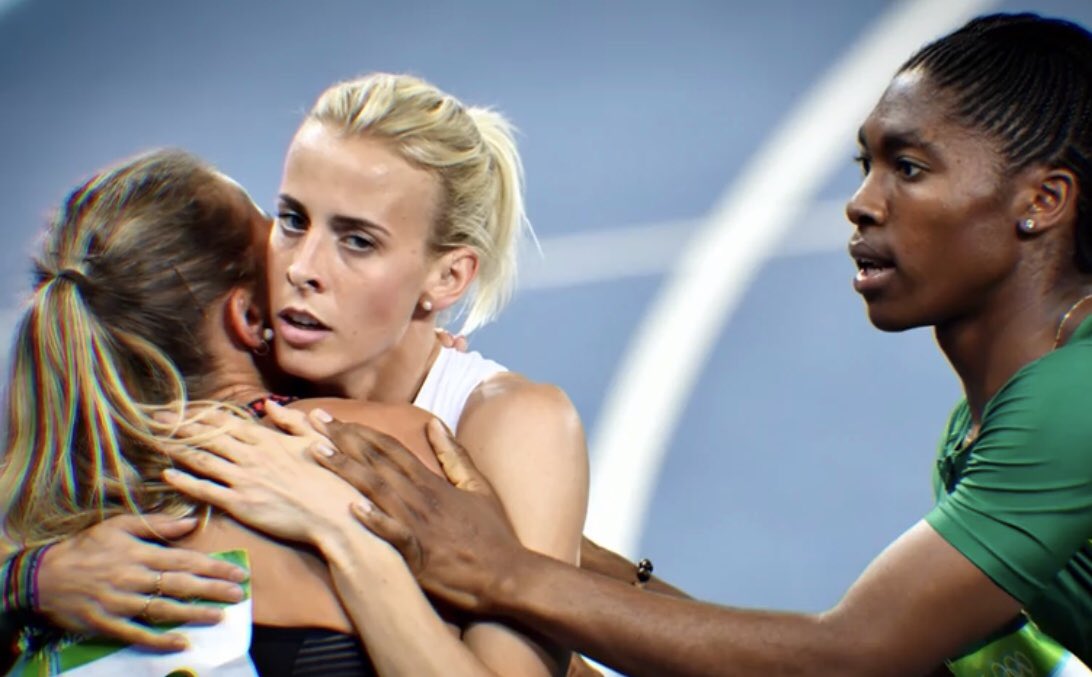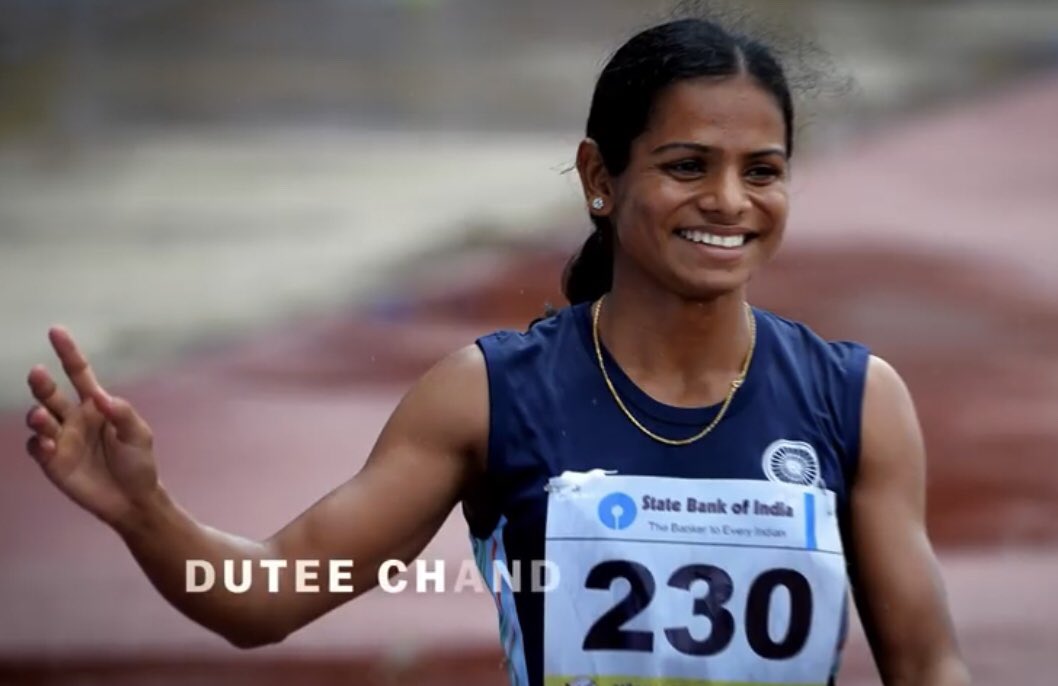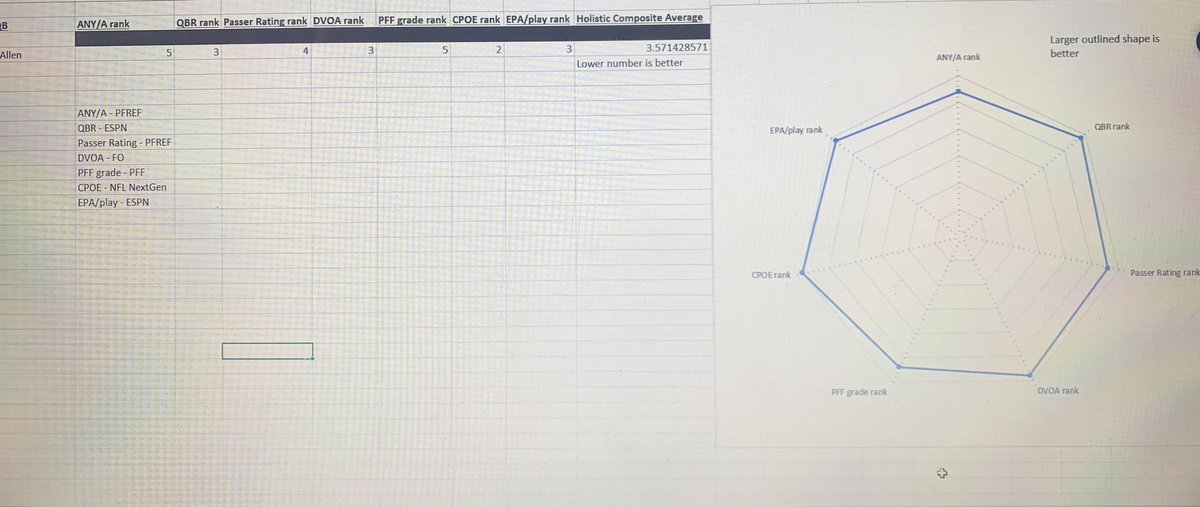Semenya has an intersex condition, though she doesn’t publicly speak about it: Her body allegedly produces testosterone at a higher level than most women.
The Court of Arbitration for Sport ruled that if Semenya wanted to continue to compete, she would be required to take medications to lower it.
The CAS, which was upholding a previous ruling by the
@WorldAthletics , admitted that the decision was tantamount to discrimination. But, a statement read,...
“discrimination is a necessary, reasonable and proportionate means of achieving the IAAF’s aim of preserving the integrity of female athletics.”
So let’s get down to brass tacks. What is a “reasonable and proportionate” amount of testosterone for Caster Semenya’s body to possess? Luckily for us, the IAAF offered specifics: “Below 5 nmol/L.”
I am sure many people turned to Google — “nmol” is the abbreviation for “nanomole,” which is one-billionth of a mole, which is a unit of measurement.
And so, for those who think you have immediate and correct feelings about this ruling, I guess I have one clarifying question:
Precisely how many nanomoles of testosterone are in your blood?
The CAS ruling is based on the idea that gender can be measured, that it exists in a vial.
The court seems to buy into the concept that there are exactly two genders, and that there’s a bright line dividing them: If Caster Semenya has 4.99 nanomoles of testosterone per liter, the “integrity of female athletics” will be preserved, but at 5.01, it won’t.
So, if you were forced to submit to a testosterone test, would you bet your livelihood and your identity on the hope that your measurements would turn up on the correct side of the line?
If they didn’t, would you alter your identity based on this new data — or might you argue that your personhood was more than a number?
Most women have never been forced to submit to such a test; most of us are quite sure we know who we are without one.
How should athletes who are born with hormonal differences be allowed to participate in the world?
If a higher-than-normal level of testosterone makes someone excel in certain pursuits, do we then dictate that they have to stay away from those pursuits — that they can only do things they suck at?
I guess I’ve now asked more than one question. But they’re the questions that I think we all should be wrestling with, as we decide who deserves protection, and who deserves dignity, and how both should be parceled out.
The CAS has couched its decision as the best of bad options, made in the name of protecting women. But it doesn’t seem to be about protecting women.
It seems to be about protecting a specific idea of what it means to be a woman. About protecting some women, just not the ones who look like Caster Semenya.
We could talk about the medieval-sounding “sex verification test” that Semenya was first forced to undergo in 2009, and how the details of it were murky, and how it’s hard to imagine such a test as anything other than humiliating.
“I have been subjected to unwarranted and invasive scrutiny of the most intimate and private details of my being,” she said at the time.
We could talk about all the prurient, invasive, and frequently racist ways we have talked about Caster Semenya over the past 12 years.
“It is clear that she is a woman but maybe not 100 percent,” Pierre Weiss, then-secretary general of the IAFF, said of her in 2011.
He didn’t specify how it was clear, or whom it was clear to, or what percentage of womanhood he was willing to give her.
Most of all, we could talk about what it means to be a woman. And what it means to insist someone is not a woman. And why Michael Phelps was treated like a marvel, and Caster Semenya is treated like a mutant.
